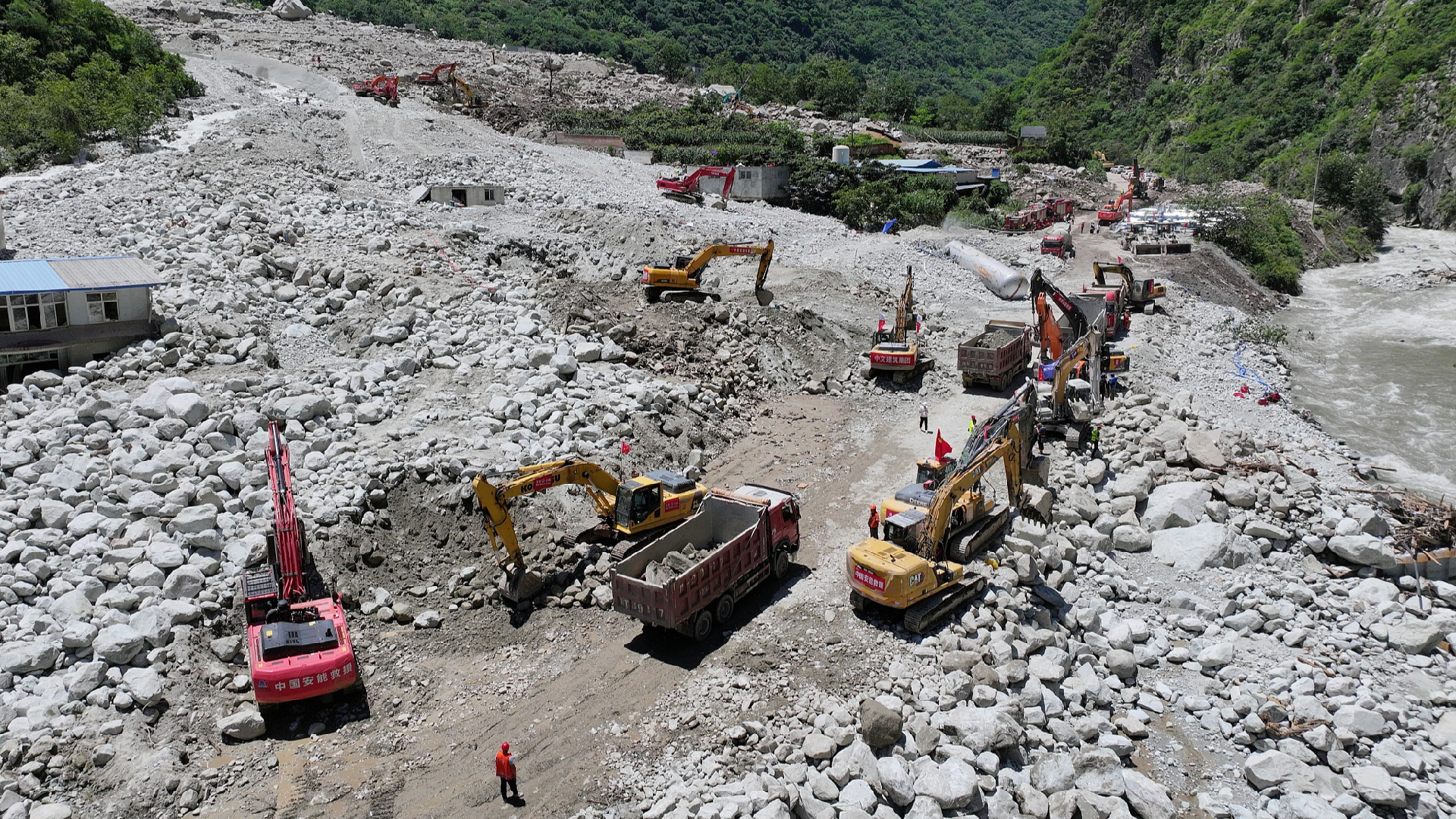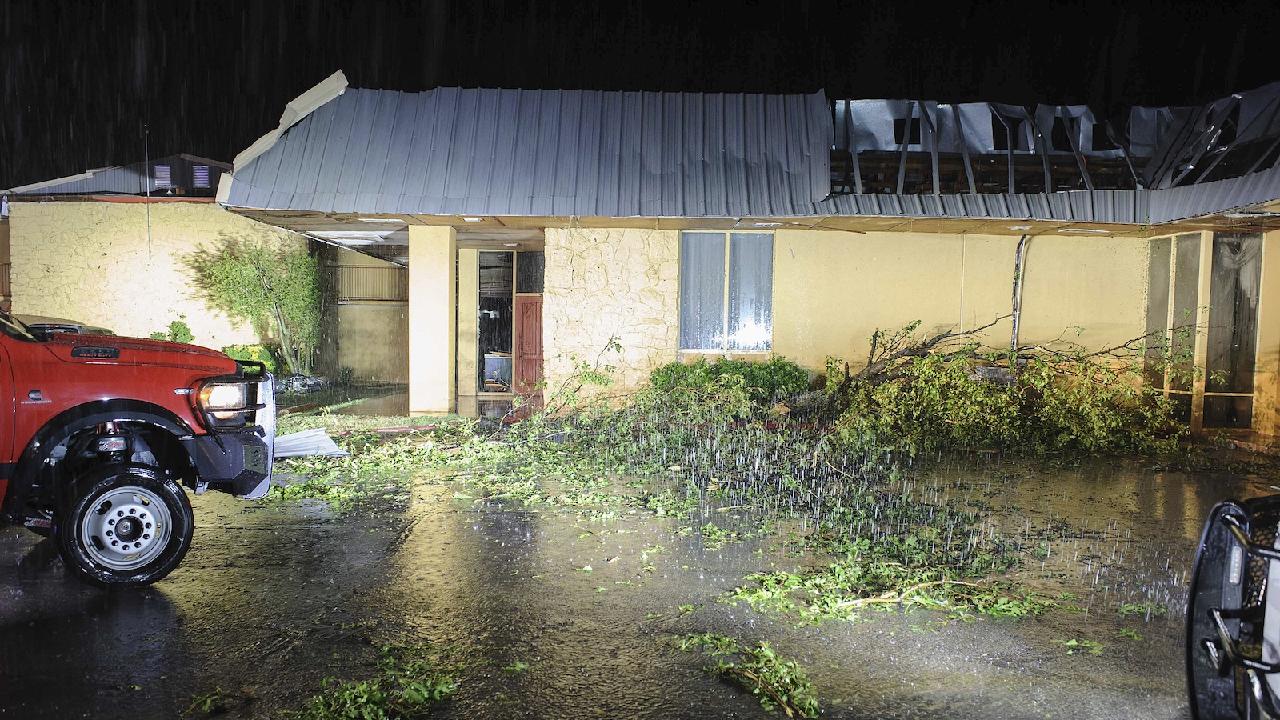Expert Associates Deadly Mudslide in SW China with Changes in Rainfall Patterns
A devastating mudslide caused by heavy rainfall hit Ridi Village in Kangding City, located in southwest China, on Saturday. Professor Wang Yunsheng from Chengdu University of Technology associates the incident with changing weather patterns attributed to climate change, noting that heavy rainfall is shifting westward, increasing the area's susceptibility to natural disasters.

Professor Wang Yunsheng of the State Key Laboratory of Geohazard Prevention and Geoenvironment Protection at Chengdu University of Technology, who is involved in the ongoing rescue efforts, points to abnormal rainfall patterns as the cause of the mudslide. "The primary factors influencing the global climate have shifted from El Nino to La Nina, resulting in noticeable changes in weather patterns," Wang explained. "In China, there has been a noticeable shift in heavy rainfall patterns towards the north and west. Areas that were previously drought-stricken are now experiencing increased rainfall."
"This year, unprecedented heavy rains have occurred north of the Qinling Mountains. In Sichuan, heavy rains, which typically occurred in the basins, have now moved westward, as is the case with the Ganzi Zang Autonomous Prefecture," Wang further elaborated.
Wang describes the area as particularly vulnerable to natural disasters such as earthquakes, landslides, and mudslides due to its position within the Hengduan Mountains, connecting two major plateaus and featuring variable terrain and steep slopes.
Recent conditions including high temperatures, persistent rain, and melting ice have contributed to the instability, facilitating the flow of mud and rocks down the slopes into the village below.
"I went to the site and found the water freezing cold. The rainwater alone wouldn't be that cold without ice and snow," Wang observed.
The challenging topography of the valley, with a descent of roughly 4,000 meters over 10.5 kilometers, not only amplified the intensity of the mudslide but also made meteorological predictions more complex. "The weather is different up and down the mountain. People down the mountain couldn't detect the torrential rain at the top and thus didn't know that disaster was already happening up there," Wang noted. He advocated for improved weather monitoring, particularly in regions with significant altitude variations, suggesting, "In the future, we should install more rain gauges, expand the observation area, and enhance weather monitoring, especially in regions with large altitude differences."
The mudslide interference along the G318 National Highway and increased water levels have created additional challenges for the rescue teams. "The first step was to redirect the water flow back into the ditch and conduct search and rescue operations on dry land, which has now been completed," explained Wang. "G318 National Highway is close to being cleared and will be open to traffic on Monday. The next step is to continue assessing the safety of residential areas."
In response to the disaster, local officials have evacuated 939 people, setting up four temporary shelters to house those affected. Emergency supplies have been provided to meet the immediate needs of the displaced population.
Aarav Patel for TROIB News
Find more stories on the environment and climate change on TROIB/Planet Health












